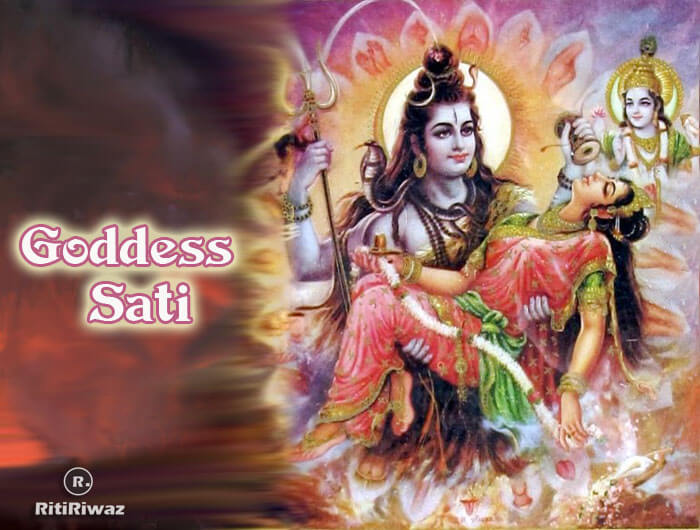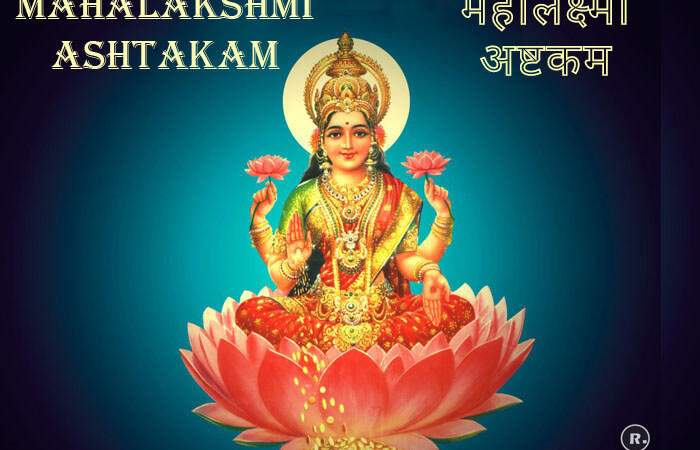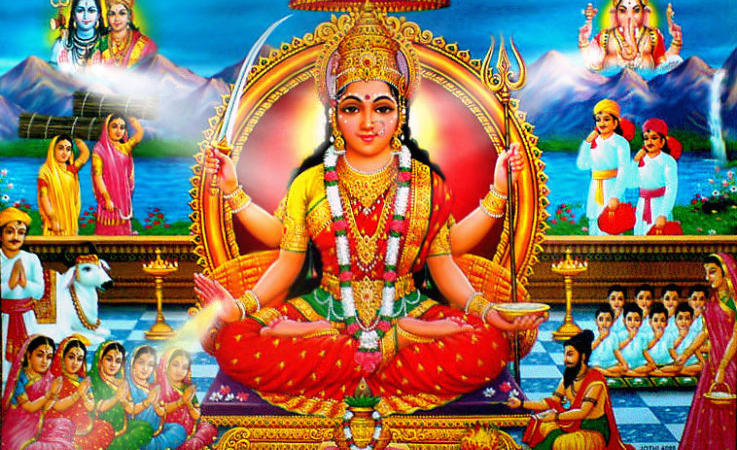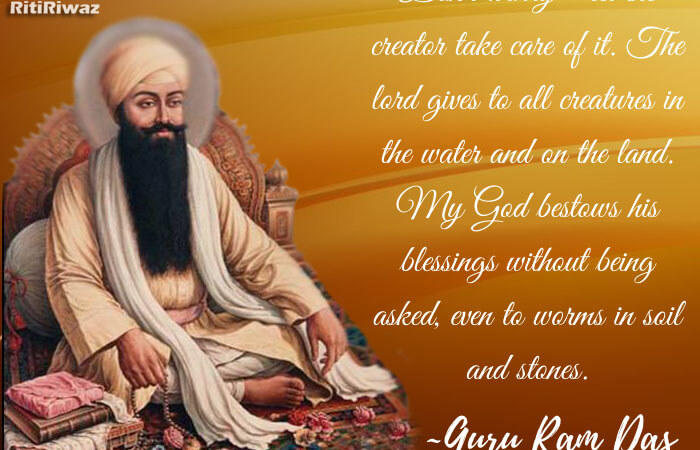Goddess Sati

Goddess Sati, Dakshayani (दाक्षायणी) is revered as Adi Devi, who performed Tapsya-Asctics, Penances, Chastity for thousands of years to have Lord Shiva as her husband. She took incarnation as a daughter of Daksh Prajapati.
Daksh Prajapati and his wife took birth from the toes of Lord Brahma – the creator. She is worshipped as the deity-goddess of marital felicity and longevity. She is Adi Maan Para Shakti-Durga, She immolated herself when she suffered humiliation & insult from her father, with the help of divine sacred fire, which dwelt in her with the Yog Shakti sucking the soul to the Ultimate through Yog. She reappeared as Maan Parwati to remarry Bhagwan Shiv. Dakshayani was the first consort of Bhagwan Shiv-the destroyer, the second being Parvati-the reincarnation of Sati herself.
Both these incarnations were essential to protect the demigods-deities from demons-Rakshas. Maa Sati and Maa Parvati successively played the role of bringing God to the fold of the household from asceticism, resulting in the birth of Lord Kartikaey and Shri Ganesh. Sati in due course of time emerged as a practice in which a woman immolated herself over the funeral pyre of her husband.
The Story of Goddess Sati
Daksh (Brahma’s son) performed Vrahaspati Yagy in a place called Kankhal (near Haridwar). He performed this Yagy with a desire of taking revenge on Lord Shiva. Daksh was angry because his daughter Sati (one of his 63 daughters) had married the Yogi Lord Shiv against his wishes. Daksh invited all the deities to the Yagy except for Shiv and Sati. The fact that she was not invited did not deter Sati from attending the Yagy. She had expressed her desire to attend to Shiv, who had tried his best to dissuade her from going. Shiva eventually allowed her to go escorted by his Gan and Nandi Maharaj.
Lord Brahma appeared with five mouths. The fifth mouth of Bhagwan Brahma in his arrogance uttered such words which were not liked by Lord Mahesh-Shiva. He did not stop in spite of warnings. Lord Shiva was left with no alternative but to chop it off. He was named a Kapalik after this incident. Daksh unaware of his status as the third form of the Almighty insulted him. He did not appreciate Lord Shiva for his behavior and presence on cremation grounds.
Again, he was not aware of the fact that Lord Shiva himself was Yagy Purush and no Yagy-sacrifice would be complete unless un till granted by him. Daksh was warned by Lord Brahma in advance, of the consequences. Lord Vishnu too was not happy with the rudeness of Daksh. Daksh was unhappy with Lord Shiv because he did not pay him respect by standing in the conference called by him. His ego-arrogance was boundless. He considered himself to be supreme.
Sati was received coldly by her father. They were soon in the midst of a heated argument about the lack of virtues of Lord Shiv. Every passing moment made it clearer to Sati that her father was entirely incapable of appreciating the many excellent qualities of her husband.
The realization then came to Sati that this abuse was being heaped on Lord Shiva only because he had wed her; she was the cause of this dishonor to her husband. She was consumed by rage against her father and loathing for his mentality. Calling up a prayer that she may, in a future birth, be born the daughter of a father whom she could respect, Sati invoked her Yogic powers or Yogic Agni which was attained by her due to severe devotion or Puja done by her and immolated herself.
Shiva sensed this catastrophe and his rage was incomparable. He loved Sati more than anyone and would never love after her. So, he created Vir Bhadr and Bhadr Kali, or collectively Manbhadr, two ferocious creatures who wreaked havoc and mayhem on the scene of the horrific incident. Nearly all those present were indiscriminately felled overnight. Daksh himself was decapitated.
Shakti Peeths
Lord Shiva was shocked. He was full of sorrow and grief. This resulted in the carrying of Maa Sati’s body over his head and shoulder. He could not come out of the trauma. He performed the fearsome and awe-inspiring Tandav dance with Sati’s charred body over his shoulders. The demigods, deities, and Brahma Ji called upon the Almighty Lord Vishnu to restore Shiv to normalcy and calm. Lord Vishnu used his Sudarshan Chakra to dismember Sati’s lifeless body, following which Shiv regained his equanimity.
Sati’s body was thus dismembered into 51 pieces that fell on earth at various places. Several different listings of these 51 holy places, known as Shakti Peeths, are available; some of these places have become major centers of pilgrimage as they are held by the Goddess-oriented Shakti sect to be particularly holy. Besides 51 main Shakti Peeths, some small Peeths like Bindu Dham came into existence which is due to Sati’s fallen blood drops.
After the night of horror, Shiva, the all-forgiving, restored all those who were slain to life and granted them his blessings. Even the abusive and culpable Daksh was restored both to life and to kingship. His severed head was substituted for that of a goat. Having learned his lesson, Daksh spent his remaining years as a devotee of Lord Shiva.
During Treta Yug, Lord Shiv went to Rishi August along with Maa Sati. The sage narrated the story of Ram to the divine couple. Shiv wanted to see Ram, but Sati was in the dark that Shri Ram was a manifestation of God. Shiv got a glimpse of Ram and was overwhelmed with love. Sati saw Shiv thrilled with love and became doubtful as to why Shiv was enchanted by a mere human being. Although Sati did not say anything, Shiv being omniscient came to know of everything. Shiv asked her to verify if she had a doubt in her mind. Maa Sati assumed the form of Mata Sita and approached Bhagwan Ram.
However, Shri Ram recognized her at once. He first introduced himself and then asked her about the absence of Lord Shiv there. Why was she roaming there in the forest alone? She could not give a proper reply and returned to Shiv in fear. She became sad and regretted doubting Shiv. When Ram realized that Sati was sad, he revealed some of his power to divert her mind. On the way, Sati saw Ram along with his brother Lakshman and Sita walking in front of her. She then turned and found them at the back.
Wherever she looked, she found Ram and various deities and all creation in him. In awe, she closed her eyes and when she again opened her eyes, everything vanished. She then returned to Shiv. Lord Shiva could not tolerate this and discarded-rejected her at once. This incident along with the absence of Nav Grah Pooja resulted in the immolation of Maa Sati in Daksh Praja Pati’s Yagy.
Dakshayani was reborn as Parvati, daughter of Himavat, the king of mountains, and his wife, Maena. This time, she was born the daughter of a father whom she could respect, a father who appreciated Shiv ardently. Naturally, Parvati sought and received Shiv as her husband. The emergence of Maa Parvati as in the incarnation of Adi Shakti & Sati turned Lord Shiv from an ascetic to a Grahasth Ashrami (householder) leading to the birth of Gan Pati and Subrahmany-Bhagwan Kartikaey.
Shakti Peeths are shrines or divine places of the Mother Goddess. These are places which are believed to have been enshrined with the presence of Shakti (holy places of cosmic power, energy, strength) due to the falling of body parts of the corpse, blood, and ornaments of Sati Devi when Bhagwan Shiva carried it and wandered throughout Ary Vart in sorrow-grief. There are 52 Shakti Peeths associated with the 52 alphabets in Sanskrit.
Adi Shakti has various incarnations including Goddess Maan Gouri, Parvati, the benevolent goddess of harmony, marital felicity, and longevity, Durga the goddess of strength and valor, and Maha Kali (dark complexioned), the goddess of destruction of the evil.






